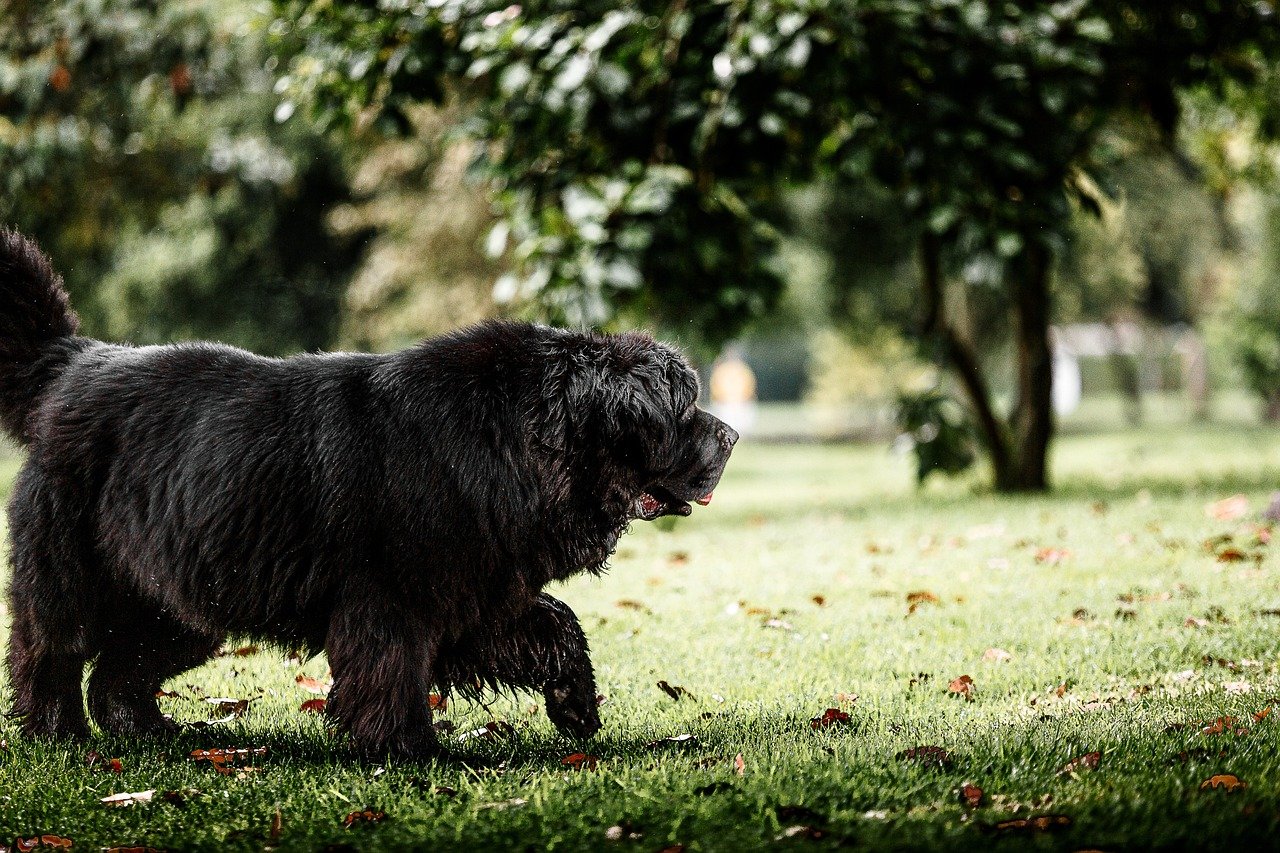Have you ever looked at your dog and wondered if they’re truly okay, even when they wag their tail and greet you with a happy face? Dogs are notorious for hiding pain—sometimes so well that even the most attentive owners miss the signs. It’s heartbreaking to think your best friend could be suffering in silence, but you’re not alone in worrying. Dogs instinctively mask their discomfort, a leftover survival skill from their wild ancestors. But if you know what to look for, you can uncover the truth and bring comfort when your furry friend needs it most. Understanding the subtle signals of pain can make all the difference in their quality of life—and your peace of mind.
Why Dogs Hide Their Pain

Dogs are masters at hiding discomfort—a survival instinct passed down from their wild ancestors. But as loving pet parents, it’s our job to notice the subtle signs they may be struggling. Whether it’s a change in behavior, posture, or appetite, even the smallest shifts can be your dog’s quiet cry for help.
It might seem strange that dogs would hide their pain, but there’s a good reason behind this behavior. In the wild, showing weakness made animals vulnerable to predators or rivals. Even now, domesticated dogs carry this instinct. So, when a dog is hurting, they may act perfectly normal, refusing to let anyone know something is wrong. This trait can make it tough for owners to notice problems early on. But understanding this natural tendency is the first step in protecting your pet. When you realize your dog might be hiding pain, you become more attentive to the subtle clues they’re giving you. It’s a bit like learning to read between the lines when someone says they’re “fine” but clearly aren’t.
Changes in Activity Level

One of the first signs that something is off can be a noticeable change in your dog’s activity. Maybe your usually bouncy pup now spends more time lying down or resists going for their favorite walk. Some dogs, on the other hand, may pace restlessly, unable to get comfortable. Watch for hesitation when jumping onto the couch or climbing stairs; these can be red flags that your dog is experiencing discomfort. Even a sudden reluctance to play or a drop in enthusiasm for daily routines can signal pain. These changes might seem minor at first, but they can reveal a lot about how your dog feels inside. Tuning in to these shifts helps you catch problems early.
Altered Eating and Drinking Habits
Has your dog been turning away from their food bowl or drinking less water? A change in appetite or thirst can be a strong indicator that something is wrong. Pain, especially in the mouth or digestive system, often makes eating uncomfortable. Sometimes, dogs may gulp down food rapidly to minimize chewing, or they might refuse treats they once loved. You may even notice excessive drooling or difficulty swallowing. On the flip side, some dogs might drink more, especially if they’re dealing with internal pain or discomfort. These changes are easy to overlook but can be early warning signs worth investigating.
Unexpected Aggression or Withdrawal
Pain can turn even the sweetest dog into a completely different animal. Some dogs become unusually snappy, growling or snapping when touched, especially in a painful area. Others might hide away, avoiding contact with family members or other pets. This isn’t because they suddenly stopped loving you—it’s just their way of protecting themselves when they feel vulnerable. Pay attention if your dog growls when you touch a particular spot or if they retreat to quiet corners of the house. These behavioral shifts are often their only way to say, “I’m not okay.”
Vocalizations: Whining, Whimpering, or Silence

Dogs sometimes use their voices to express pain, but not all do. Whimpering, whining, or even howling can be obvious signs that something hurts. However, some dogs go completely silent when in pain, becoming withdrawn and quiet. Listen for any changes in your dog’s usual vocal patterns. Even a normally chatty dog falling silent, or a quiet dog suddenly becoming vocal, can signal distress. It’s important to remember that both increased and decreased vocalizations are clues you shouldn’t ignore. Sometimes, the silence speaks louder than any bark or whine.
Limping or Difficulty Moving

Limping is one of the more visible signs of pain, but it’s not always constant. Dogs may only limp after getting up from a nap or after running around. Some may avoid using a sore leg altogether, while others shift their weight or walk stiffly. Difficulty rising, sitting, or lying down can also point to discomfort, especially in older dogs with arthritis. Watch for subtle changes in movement, like favoring one side or avoiding certain activities. Even a slight hesitation to jump or run can be your dog’s quiet way of telling you something’s not right.
Changes in Grooming Habits

Dogs in pain often lick, bite, or chew at a specific spot on their body. This behavior can be soothing for them, but it might also make things worse, leading to hair loss or sores. Sometimes, dogs will neglect grooming altogether if it hurts to reach certain areas. If you notice excessive licking, especially in one spot, or if your dog’s coat looks more unkempt than usual, it’s time to pay closer attention. These grooming changes can be a direct response to discomfort, much like people might rub or cradle a sore limb.
Breathing Patterns and Panting
Pain can affect your dog’s breathing. Some dogs pant excessively or breathe more rapidly even when they’re not hot or excited. Others may take shallow breaths to avoid moving a painful area, like the chest or abdomen. Watch for any changes in how your dog breathes, especially if it seems out of the ordinary. Fast, shallow, or labored breathing can be a sign that your dog is struggling with pain. Trust your instincts—if something feels off with their breathing, it’s worth a closer look.
Unusual Postures or Guarding Behavior
Take a look at how your dog sits or lies down. Dogs in pain often adopt strange postures—maybe arching their back, holding a limb up, or lying very still. They might guard a part of their body, turning away or blocking your hand if you try to touch them. Some dogs curl up tightly to protect a sore area, while others stretch out to relieve pressure. These physical signs are your dog’s way of coping with pain while trying to avoid making it worse. Noticing these changes can help you pinpoint where the problem might be.
When to Seek Veterinary Help
If you’ve noticed any of these signs in your dog, it’s important not to wait too long before seeking professional advice. Even subtle or intermittent symptoms can indicate something serious beneath the surface. Your veterinarian can perform a thorough exam and recommend tests or treatment to get your dog back to their happy, healthy self. Trust your gut—if something seems wrong, don’t hesitate. Your dog depends on you to be their voice when they can’t speak up for themselves. Recognizing the signs and acting quickly can make all the difference.
What would your dog say if they could tell you how they feel?

Born and bred in South Africa, a Capetonian at heart. Amy-Leigh’s love for nature and animals was inherited from her Dad. He loves taking the family on road trips to experience nature at its finest; Amy-Leigh’s favourite being whale watching in Hermanus and spotting Kudu along the West Coast. Amy-Leigh holds a BA in English Literature and Communication Studies.






